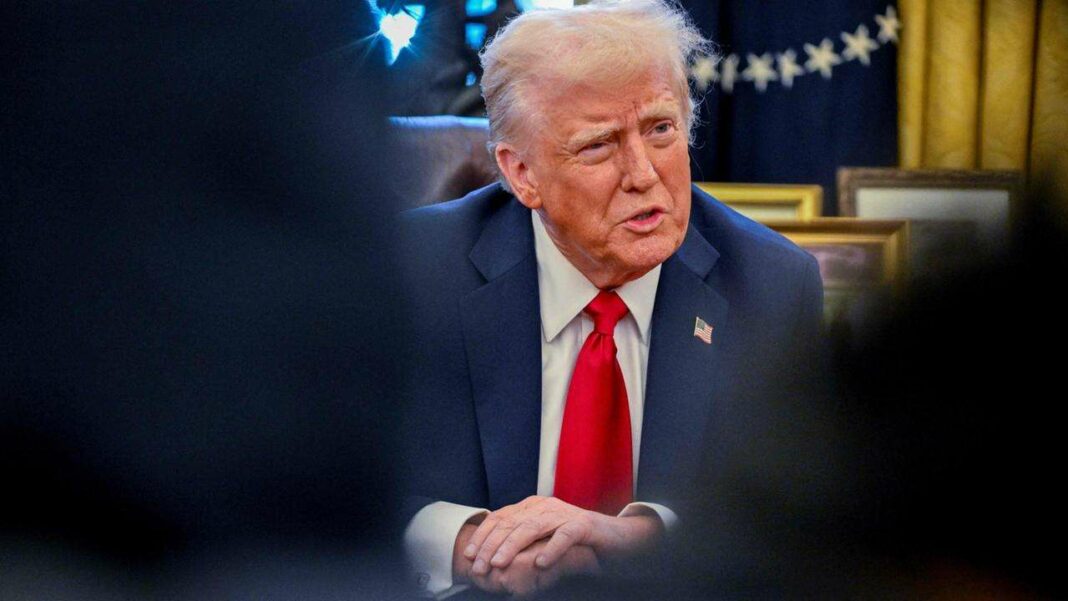President Trump’s tariff strategy is viewed as a means of exerting pressure on Canada and Mexico, yet it faces significant domestic opposition, particularly from the auto industry. Despite his claims of concessions from Canada, Prime Minister Trudeau disputes this, highlighting that most fentanyl entering the U.S. comes from Mexico. The tariffs are expected to increase costs for American consumers, prompting a negative response from the stock market and calls for negotiations with neighboring countries.
Trump’s Tariff Strategy: A Double-Edged Sword
For President Trump, tariffs serve as a tool for exerting pressure. However, the concessions he demands from Canada and Mexico reveal notable flaws. Within the United States, tariffs are not well-received, facing substantial backlash from various sectors.
The Shifting Landscape of Tariffs
Initially, President Trump announced a series of tariffs, only to backtrack shortly after, postponing their implementation for at least 30 days. This maneuver suggests that Trump may be using trade policy as a political leverage tool. He aims to compel Canada to enhance border security and increase its contributions to defense spending.
While the seriousness of his approach remains uncertain, one thing is clear: he is intent on applying pressure. White House spokesperson Karoline Leavitt confirmed that Canada and Mexico must take measures to halt both illegal immigration and the flow of fentanyl into the U.S.
Misleading Claims and Reality
Trump asserted that he had secured numerous concessions from Canada, a claim that Prime Minister Justin Trudeau refuted. Trudeau pointed out that Canada had already devised a $1.3 billion border plan and deployed additional personnel to enhance border security.
It’s worth noting that only a minuscule fraction (0.2%) of fentanyl entering the U.S. is sourced from Canada, with the vast majority—nearly 97%—being smuggled through Mexico. Even before Trump’s tariff threats, Mexico had ramped up its border controls, leading to an almost 80% reduction in illegal crossings last year. Mexican authorities have also intercepted significant amounts of fentanyl and bolstered efforts to uncover illegal fentanyl production facilities.
Domestic Backlash and Economic Impact
The potential repercussions of U.S. tariffs on industries, particularly the auto sector, could be severe. However, Trump appears to have underestimated the backlash. Following the tariff announcement, he was met with widespread resistance. According to CNN analyst Harry Enten, a majority of Americans—51%—are opposed to import fees.
The stock market reacted negatively, with even the conservative Wall Street Journal labeling it the “dumbest trade war in history.” In light of this, Trump has expressed a willingness to engage in negotiations with Canada and Mexico, with initial discussions scheduled to take place soon.
U.S. consumers are also bracing for increased prices. Matt Priest from the U.S. Retail Federation noted that tariffs on imports from China would lead to higher costs for essential goods like electronics and clothing. With imports valued at ten billion dollars, a 10% tariff could translate to an additional billion dollars, a cost companies may have to absorb to stay competitive.
Moreover, Trump has issued threats of tariffs against the EU, citing perceived unfair treatment. Experts suggest that these may not be mere threats, as the EU is preparing to respond with its own countermeasures.
